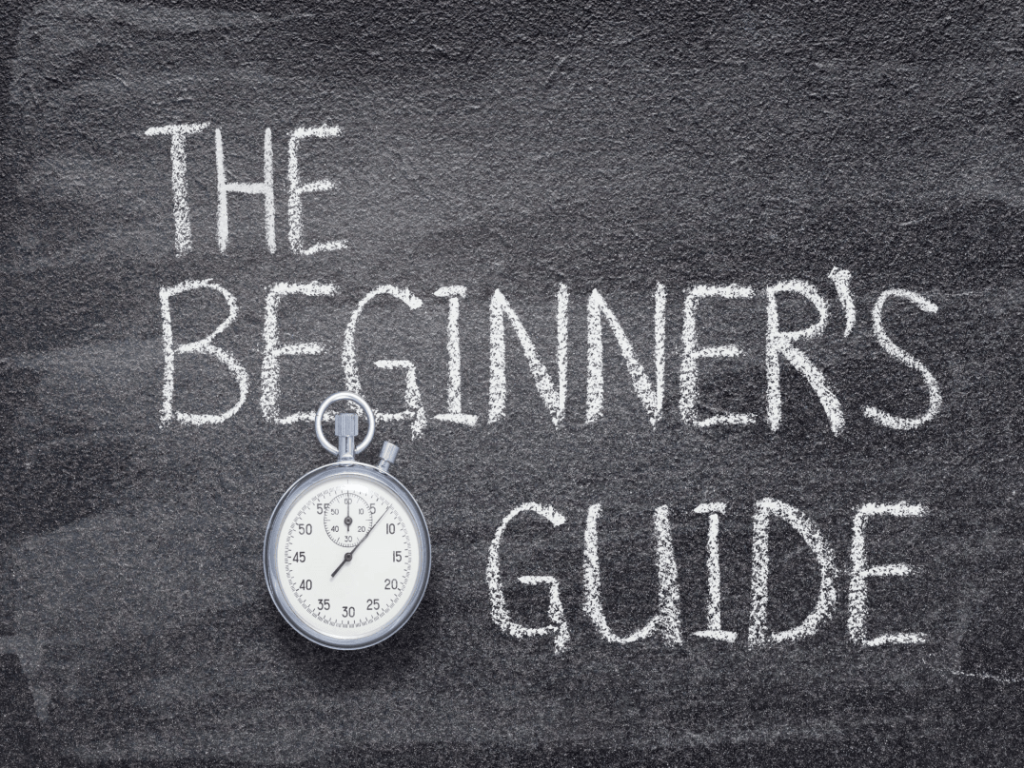Welcome to the exciting world of learning Arabic! Your very first step on this rewarding journey is to master the Arabic alphabet. Don’t be intimidated by its elegant script; learning Arabic letters for beginners is a surprisingly straightforward and incredibly rewarding experience. This guide is designed as a clear, friendly roadmap for learning to read Arabic a beginners guide, helping you grasp the unique features of the Arabic language alphabet letters and setting you firmly on the path to fluency.
Why Start with Arabic Letters for Beginners?
The Arabic alphabet is the gateway to everything else in the language. Once you can recognize and pronounce the letters, you’ll be able to:
- Read any Arabic word, even if you don’t know its meaning yet.
- Pronounce words correctly, which is vital for speaking and being understood.
- Understand how Arabic words are structured.
- Unlock the beauty of Arabic calligraphy and written texts.
The Arabic Alphabet for Beginners: Key Features to Know
The Arabic alphabet, or أبجدية عربية (ʾabjadiyyah ʿarabiyyah), has a few distinct characteristics that make it different from the Latin alphabet you might be familiar with:
- 28 Letters: There are 28 fundamental Arabic letters.
- Written Right-to-Left: This is one of the most noticeable differences! You’ll read and write from the right side of the page to the left.
- Connecting Letters: Most Arabic letters connect to each other within a word, similar to cursive writing. Their shape often changes depending on whether they are at the beginning, middle, or end of a word, or standing alone. A few letters, however, do not connect to the letter that follows them.
- No Capital Letters: Unlike English, there are no uppercase or lowercase forms for Arabic language alphabet letters.
- Abjad System: Arabic is an “abjad,” meaning its letters primarily represent consonants. Short vowels are typically indicated by small marks (diacritics) above or below the letters, though these are often omitted in advanced texts.
Your First Step: Getting to Know the Arabic Letters
Each letter has a unique sound and shape. When starting learning to read Arabic a beginners guide, focus on mastering each letter’s isolated form and its corresponding sound. The first few letters, often taught as Alif, Ba, Ta (أ، ب، ت), are a great starting point for familiarizing yourself with the script’s flow.
The Magic of Vowel Marks (Harakat): Your Reading Helpers
Since the main Arabic language alphabet letters are consonants, how do you know the vowel sounds? This is where Harakat (حركات – vowel marks) come in! These are small symbols placed above or below the letters. For Arabic letters for beginners, these marks are incredibly important as they guide your pronunciation:
- (Fatha) فَتْحَة ـَ : A short ‘a’ sound (like ‘a’ in “cat”).
- Example: بَ (ba)
- (Kasra) كَسْرَة ـِ : A short ‘i’ sound (like ‘i’ in “sit”).
- Example: بِ (bi)
- (Damma) ضَمَّة ـُ : A short ‘u’ sound (like ‘u’ in “put”).
- Example: بُ (bu)
- (Sukoon) سُكُون ـْ : Indicates no vowel sound after the consonant.
- Example: بْ (b – silent vowel)
Additionally, Arabic has three letters that also function as long vowels:
- (Alif) ا : For a long ‘aa’ sound (as in “father”).
- (Waw) و : For a long ‘oo’ sound (as in “moon”).
- (Yaa) ي : For a long ‘ee’ sound (as in “feet”).
Connecting the Dots: How Arabic Letters Join
Once you know the individual Arabic letters, the next step is understanding how they connect. Most letters have up to four forms: isolated, initial (at the start of a word), medial (in the middle), and final (at the end).
- Example: The letter ب (ba)
- Isolated: ب
- Initial: بـ
- Medial: ـبـ
- Final: ـب
Practice joining letters to form simple words. This is where the beauty of Arabic lettering truly shines!
Learning to Read Arabic: A Beginner’s Guide – Practical Tips
- Focus on One Letter at a Time: Don’t try to learn all 28 at once. Master a few letters and their forms before moving on.
- Listen Actively: Use audio resources to hear the correct pronunciation of each letter and its vowel sounds. Mimic native speakers.
- Practice Writing: Repeatedly writing the letters helps your brain recognize them faster and develops muscle memory.
- Use Flashcards: Create flashcards for isolated letters, their forms, and corresponding sounds.
- Read Slowly with Vowels: Start with materials that have all the harakat (vowel marks) clearly indicated. Don’t rush!
- Be Patient and Consistent: Learning a new script takes time. Dedicate a small amount of time each day rather than long, infrequent sessions. Celebrate your progress!
Embarking on the journey of learning to read Arabic a beginners guide is an exciting adventure. With dedication and the right resources, you’ll soon be able to decode the elegant lines of Arabic lettering and unlock a world of language and culture
Ready to confidently read the Arabic language alphabet letters? Visit www.kaleela.com and download the Kaleela Arabic learning app today! Our interactive lessons are specifically designed for Arabic letters for beginners, making your first steps into the Arabic alphabet engaging and effective. Start your journey to fluency now!



